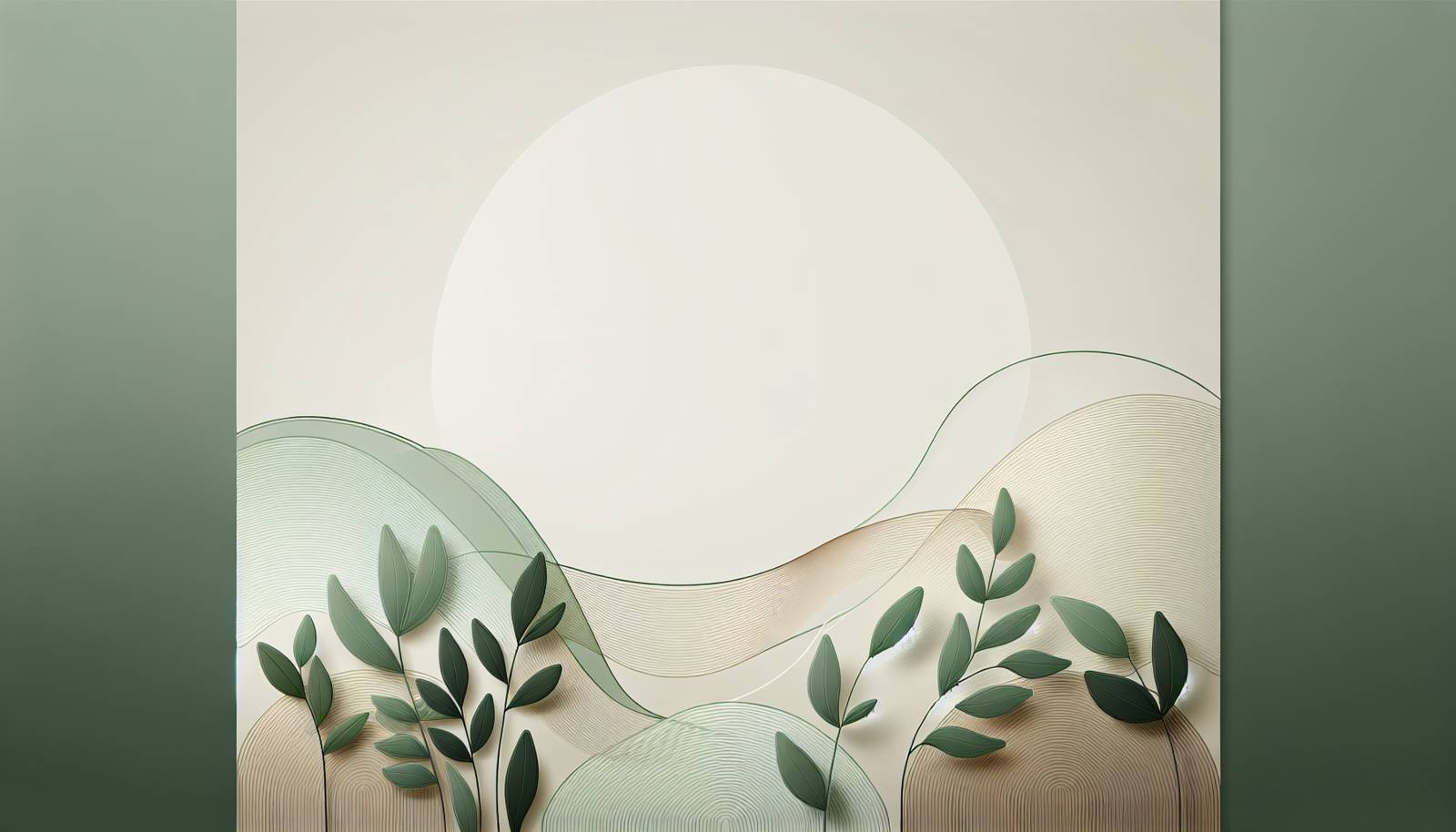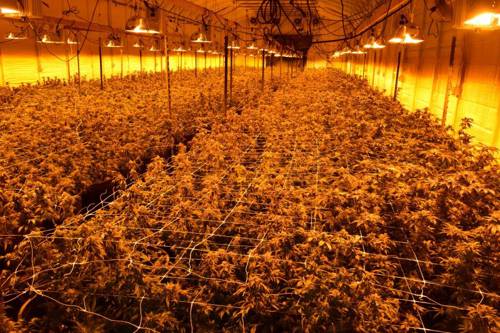
FAQ About Photoperiodism in Indoor Plant Cultivation

What is photoperiodism in plants?
Photoperiodism is the physiological reaction of organisms to the length of day or night. In plants, it affects various processes such as flowering, dormancy, and other growth stages. It involves the plant sensing and responding to changes in the photo period, which is the duration of light received in a 24-hour period.

Why is photoperiodism important in indoor plant cultivation?
Photoperiodism is crucial in indoor plant cultivation because it influences flowering, growth, and dormancy in plants. Understanding photoperiodism helps growers optimize light exposure to enhance plant health and productivity, tailoring growth conditions to specific species' needs.

How does the length of light exposure affect flowering in indoor plants?
The length of light exposure, or photoperiod, can trigger flowering in plants. Some plants require long days (short nights) to flower, while others require short days (long nights). Indoor gardeners can manipulate light exposure to mimic these conditions, encouraging flowering at desired times.

What are short-day plants, and how should they be managed indoors?
Short-day plants require longer periods of darkness to initiate flowering. To manage these indoors, it's important to ensure that they receive uninterrupted dark periods, matching their natural requirement, typically more than 12 hours of darkness.

What are long-day plants, and how can lighting be adjusted for them indoors?
Long-day plants require longer periods of light to flower. Indoors, lighting can be extended using artificial lights to simulate a longer day to promote flowering and growth in these plants, typically needing more than 14 hours of light.

Can you control photoperiodism using artificial lights?
Yes, artificial lights such as LEDs and fluorescent lights can be used to control photoperiodism. By adjusting the duration and intensity of light exposure, you can create optimal conditions for the various growth phases of different plant species.

What is the effect of incorrect photoperiod on indoor plants?
Incorrect photoperiods can lead to poor growth, failure to flower, or unintended dormancy in indoor plants. It may also cause physiological stress and increase susceptibility to diseases and pests.

How does photoperiodism affect dormancy in some plants?
For many plants, photoperiodism signals the onset of dormancy during less favorable seasons. Decreasing day lengths in autumn, for example, can trigger dormancy in preparation for winter, conserving energy and resources.

What types of artificial lights are best for indoor photoperiod control?
LEDs and fluorescent lights are popular choices for controlling indoor photoperiods because of their energy efficiency, longevity, and spectrum adjustability, which can be tailored to the specific needs of various plant species.

Can photoperiods affect the growth rate of indoor plants?
Yes, photoperiods can impact the growth rate of indoor plants. Proper photoperiods facilitate optimal photosynthesis and growth, while incorrect light exposure can slow down growth or disrupt developmental stages.

Do all plants respond the same way to photoperiod changes?
No, different species and even varieties respond uniquely to photoperiod changes. Some are more sensitive to light duration changes than others, requiring specific light cues to initiate phases like flowering or dormancy.

How can I determine the best photoperiod for my indoor plants?
To determine the best photoperiod, research the specific light needs of your plants. Some may require long days, others short days, or even neutral periods. Tailoring lighting conditions to the plant's natural environment leads to optimal growth.

What is photoperiod neutrality and which plants exhibit this?
Photoperiod neutrality refers to plants that are unaffected by the length of day and night. These plants do not require specific light cycles to flower or grow, making them adaptable for various indoor settings. Examples include tomatoes and corn.

Can manipulating photoperiodism improve indoor crop yields?
Yes, manipulating photoperiodism can enhance indoor crop yields by optimizing the timing of flowering and vegetative growth. Controlling light exposure allows growers to better manage plant development and maximize productivity.

What are some common mistakes in managing photoperiods indoors?
Common mistakes include providing inconsistent light schedules, using improper light intensities, or failing to meet specific species' photoperiod needs. These errors can lead to stunted growth or failure to flower.

Is natural sunlight sufficient for photoperiod control in indoor plants?
Natural sunlight can be used, but it often needs to be supplemented with artificial lighting to correctly control photoperiods, especially in environments where daylight is inconsistent or insufficient.

Do photoperiod requirements change as plants grow?
Photoperiod requirements can change as plants transition through different growth stages. For example, many plants require different light conditions from the seedling stage to flowering and fruiting stages.

How do seasonal changes affect photoperiod in indoor gardening?
Seasonal changes can alter the natural light availability and quality outdoors, impacting indoor gardens relying on window light. Controlling indoor photoperiod with artificial lights can help stabilize growth conditions year-round.

Are there technological tools available to help manage photoperiod indoors?
Yes, there are timers and smart light systems designed to manage indoor photoperiods efficiently. These tools allow for precise control over light schedules, helping to automate and optimize light management for indoor plants.

What role does temperature play in conjunction with photoperiodism?
Temperature, alongside photoperiod, can influence plant responses. Some plants use both cues to enter dormancy or initiate flowering. Understanding both aspects is essential for comprehensive indoor plant care.
